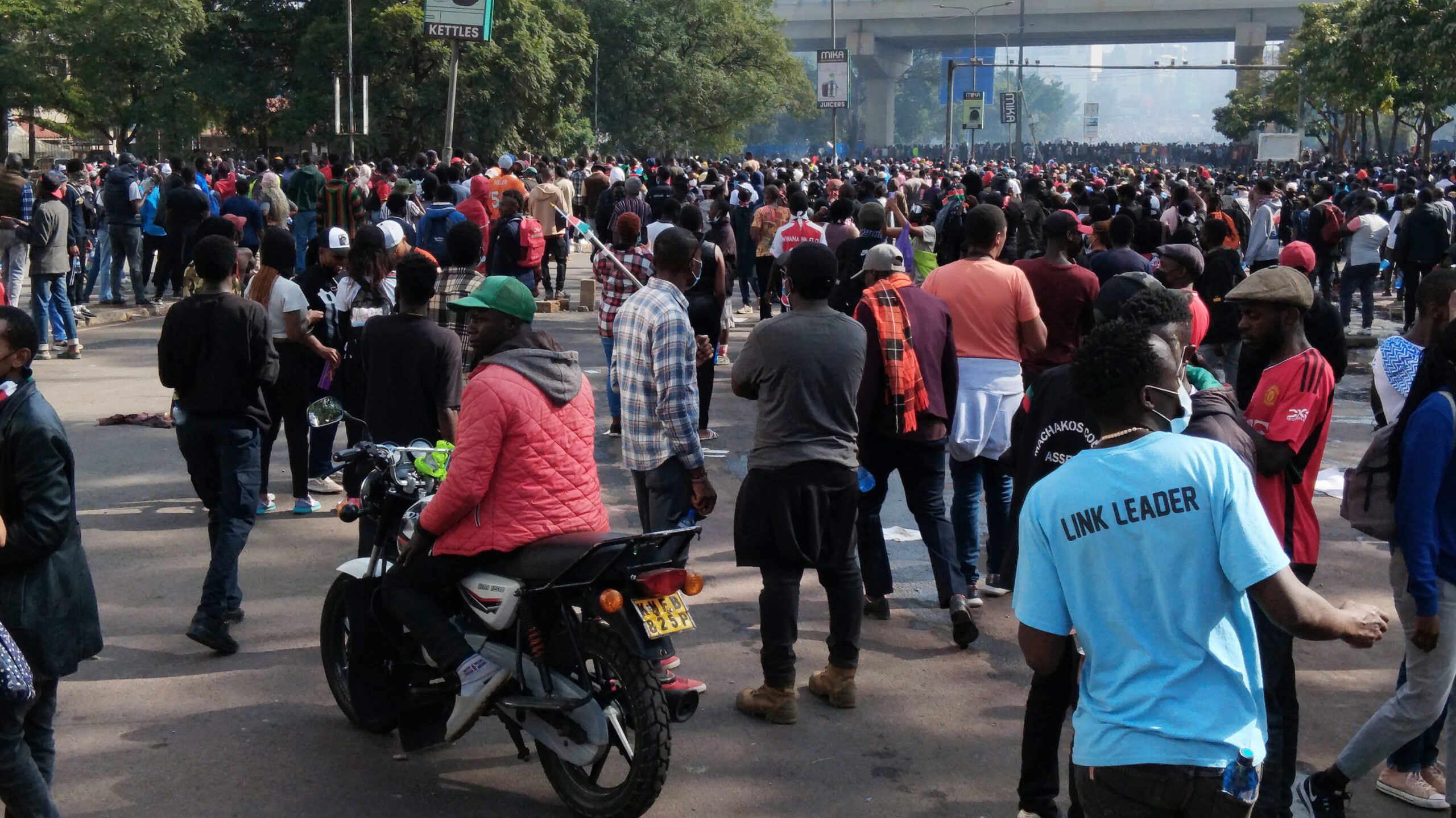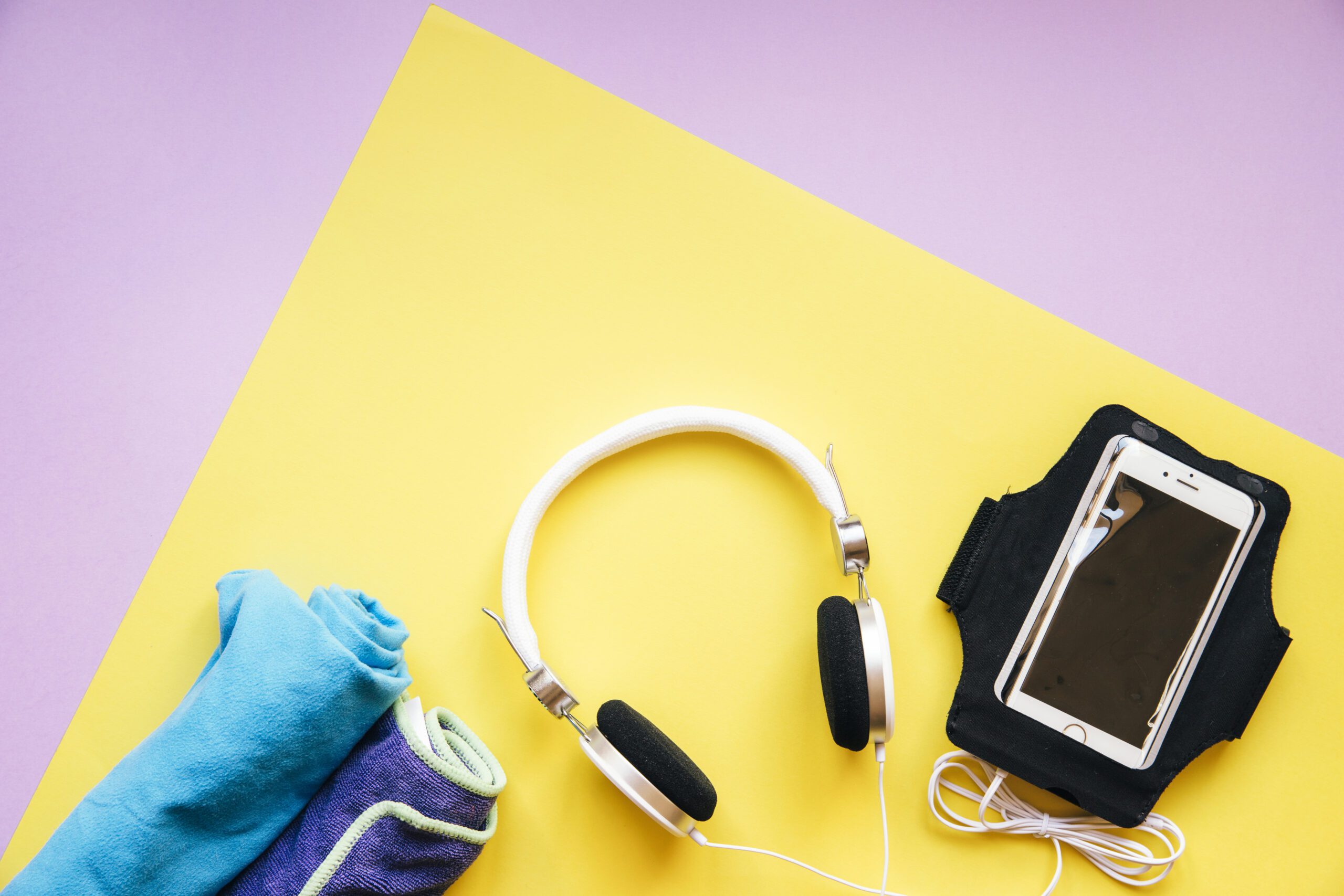Too much sweat! Tips for combating excessive perspiration
Sweating is a necessary in-built cooling system in your body. But sometimes it can be too much and become not only an embarrassment, but also cause body odour. Don’t sweat it. Use these tips…
Heavy sweating (also known as hyperhidrosis) is a very real and embarrassing problem, but there are some effective ways to treat it. Before you hide under bulky sweaters or move to a chillier climate, you can try these proven techniques for combating excessive sweating.
First Step for Treating Heavy Sweating: Antiperspirants
The easiest way to tackle excessive sweating is with an antiperspirant, which most people already use on a daily basis. Most antiperspirants contain aluminum salts. When you roll them onto your skin, antiperspirants form a plug that blocks perspiration.
You can buy an antiperspirant over the counter at your local supermarket or drug store, or your doctor can prescribe one for you. Over-the-counter antiperspirants may be less irritating than prescription antiperspirants. Start with an over-the-counter brand, and if that doesn’t work, ask your doctor about a prescription.
Many antiperspirants are sold combined with a deodorant, which won’t stop you from sweating but will help control the odor from your sweat.
Antiperspirants aren’t only for your underarms. You can also apply some of them to other areas where you sweat, like your hands and feet. Some may even be applied to the hairline.Don’t just roll or spray on your antiperspirant/deodorant in the morning and forget about it. Also apply it at night before you go to bed — it will help keep you drier.
Next Steps: 4 Medical Treatments for Heavy Sweating
If antiperspirants aren’t stopping your hands and feet from sweating too much, your doctor may recommend one of these medical treatments:
1. Iontophoresis: During this treatment, you sit with your hands, feet, or both in a shallow tray of water for about 20 to 30 minutes, while a low electrical current travels through the water. No one knows exactly how this treatment works, but experts believe it blocks sweat from getting to your skin’s surface. You’ll have to repeat this treatment at least a few times a week, but after several times you may stop sweating. Once you learn how to do iontophoresis, you can buy a machine to use at home. Some people only require a couple of treatments a month for maintenance.
Although iontophoresis is generally safe, because it uses an electrical current it’s not recommended for women who are pregnant and people who have pacemakers or metal implants (including joint replacements), cardiac conditions, or epilepsy.
2. Botulinum toxin: Another treatment option for heavy sweating is injections of botulinum toxin A (Botox), the same medicine used for wrinkles. Botox is FDA-approved for treating excessive sweating of the underarms, but some doctors may also use it on the palms of the hands and soles of the feet.
Botox works by preventing the release of a chemical that signals the sweat glands to activate. You may need to have several Botox injections, but the results can last for almost a year.
3. Anticholinergic drugs: When you’ve tried antiperspirants and treatments like iontophoresis and Botox and they haven’t worked, your doctor might recommend a prescription medicine such as anticholinergic drugs. Oral anticholinergic drugs stop the activation of the sweat glands, but they aren’t for everyone because they can have side effects such as blurred vision, heart palpitations, and urinary problems.
4. Surgery: You may have seen plastic surgeons advertising surgical procedures for excessive sweating. Surgery is only recommended for people with severe hyperhidrosis that hasn’t responded to other treatments. During surgery, the doctor may cut, scrape, or suction out the sweat glands.Another surgical option is endoscopic thoracic sympathectomy (ETS), in which the surgeon makes very small incisions and cuts the nerves in your armpit that normally activate the sweat glands. This procedure is very effective, but it’s used only as a last resort on people who have tried every other treatment. ETS can’t be reversed, and it can leave scars. One side effect almost everyone who gets ETS has to deal with is compensatory sweating, which is when your body stops sweating in one area, but starts sweating in another (such as the face or chest) to compensate.
Published April 2017




